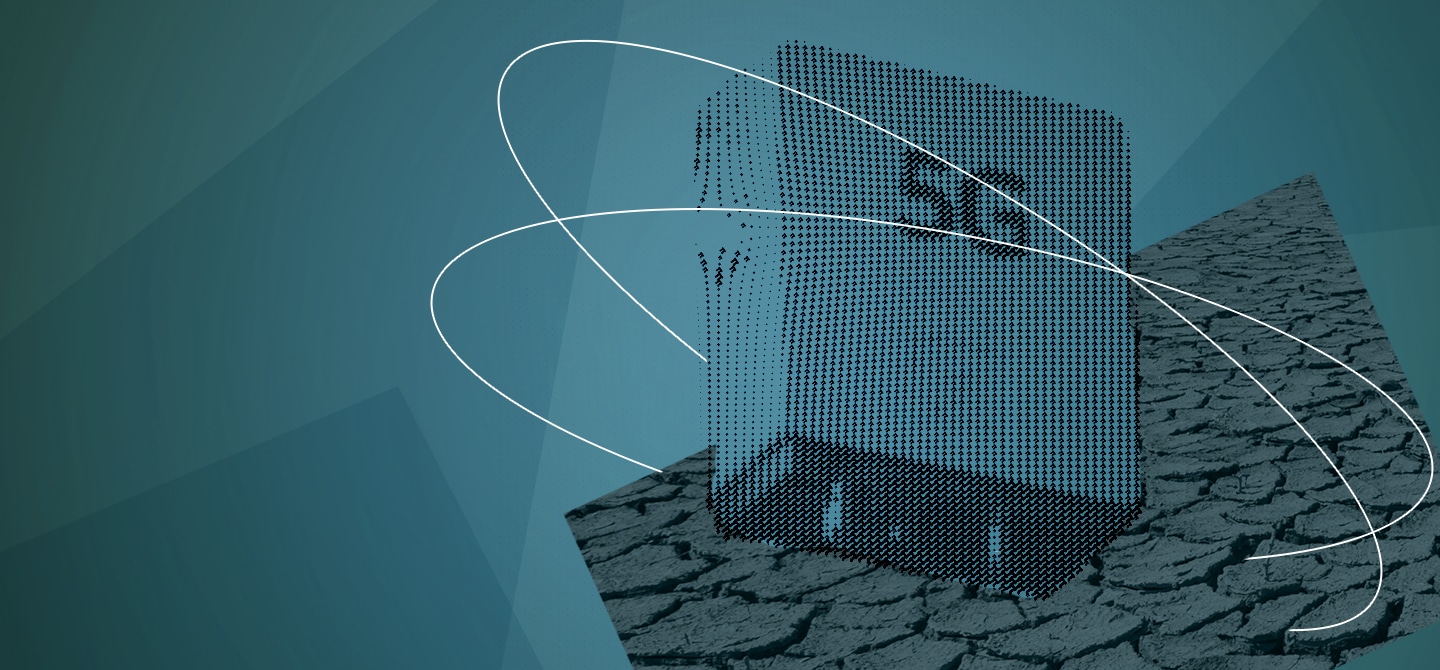While the deployment of 5G is still in its infancy, research centres and operators are already working on 6G. This technology is expected to be available around 2030. What will it be used for and what will the benefits be? What challenges will need to be addressed?
5G network technology, known as mobile broadband, was launched in France in November 2020. It is gradually being rolled out across the country but will only be fully deployed by 2030. At the end of September 2021, Arcep (the French regulatory authority for electronic communications, posts, and press distribution) listed some 22,600 antennas installed by the four operators Bouygues Telecom, Free Mobile, Orange and SFR. These sites transmit in the three 5G frequency bands (700–800 MHz; 1.8–2.1 GHz and 3.5 GHz). Motorways and main roads should be covered in 2025 and 2027 respectively.
Major mobile communications equipment manufacturers and specialist research centres have not waited to develop next generation technologies. If it takes a decade to fully deploy a technology, it takes at least as long to develop and standardise it so that it is ready for the market. This explains why R&D work on 6G started before 5G was even launched.
Terahertz frequencies
In its three frequency bands, the 5G mobile network already offers speeds 10 times faster than 4G. The 6G network is expected to offer speeds 100 times higher than those of 5G, thanks to the use of terahertz waves. In fact, the frequencies allocated to 6G are between 100 GHz and 30 THz.
However, these very high frequencies pose some problems research laboratories are currently trying to solve. In telecommunications, the lower the frequency the further it carries and the lower the throughput. A higher frequency does not carry as far, but with a better bandwidth. Therefore, we need to find a way to boost power of 6G to improve its performance over distance while maintaining high bandwidth.
In summer 2021, the South Korean company LG and the German research institute Fraunhofer carried out a test and successfully transferred data over a distance of 100 metres. The previous test had been carried out a few weeks earlier by another Korean company, Samsung, over a distance of ~15 metres.
Another difficulty with very high frequencies is the location of the antennas. For the performance and speeds expected from 6G to be achieved, the antennas must be spaced about 100 metres apart. While this does not pose a problem of technical feasibility in urban areas – apart from public acceptability – network coverage becomes more difficult to ensure in rural areas. This is why operators are already developing alternative solutions, in particular HAPS (High Altitude Platform Station). In January 2022, Airbus announced that it was working with NTT, DoCoMo and Sky to study the feasibility of satellite platforms that would provide wireless connectivity services to areas poorly covered by mobile technologies, such as the oceans, airspace, and areas that are isolated or hit by natural disasters.

Merging the human, digital and physical worlds
After voice (2G), text and SMS (3G), data and apps (4G), the Internet of Things and industrial automation (5G), 6G aims to open up a whole new field of applications. By integrating the physical and digital worlds and combining imaging, location and artificial intelligence, these applications will enable full immersion in digital space for virtual reality communication, interaction and collaboration experiences, as well as real-time tele-surgery, 16K video streaming, autonomous vehicles and digital twins.
According to Nokia, 6G will benefit from advances in six key technologies. Advances in artificial intelligence and machine learning (AI/ML) will improve communication between two terminals. Thanks to the terahertz frequency spectrum allocated to it, 6G will offer speeds up to 100 times faster than 5G. The network will be sensitive to its environment, objects and people, which will allow it to locate and also measure various parameters (speed, temperature). The low latency of 6G (microseconds vs. milliseconds for 5G) will make reliable connectivity possible for real-time applications such as autonomous vehicles or video conferencing. With this connectivity, new network architectures will replace wireline networks and facilitate the deployment of customised and automated networks. Finally, 6G will be made with “security by design” in mind, incorporating advanced security features right from the start.
6G: a geopolitical challenge?
“It may seem strange to start shaping the 6th generation of mobile communication networks (6G) when 5G is only just starting to be deployed worldwide. But we can already imagine possible future use cases, such as teleportation and the digital twin, intelligent and autonomous transport, or an all-digital commerce and payment experience. In addition to technologies and services, business models for mobile communication networks will continue to evolve rapidly in the coming years. In mobile technology, as in many other areas, geopolitical factors could mean a more fragmented future for the world. Indeed, in their desire for digital sovereignty, individual governments are pushing national academic and industrial researchers to generate as much intellectual property as possible, shaping the 6G landscape.”
Prof. Noel Crespi, Telecom SudParis.
Technological, economic and industrial challenges
The technological advances enabled by 6G will lead to disruptive innovation in several areas, including autonomous vehicles, industry 4.0 and telemedicine or health. This will translate into tangible economic opportunities. In a recent statement, the Lannion technology park (Brittany) estimates that the rise of “5G could represent 20,000 new jobs and €15bn by 2025”. These figures suggest that 6G will have a significant impact.
However, several challenges remain. The issue of standardising 6G technology on a global scale raises questions of sovereignty and security. In addition, the issue of public acceptance is likely to come up again, similar to the debates on health risks and the real need for such technology that accompanied the launch of 5G.







